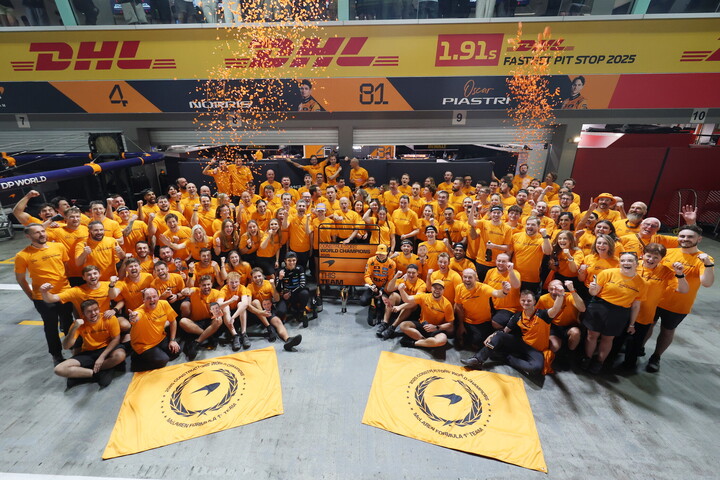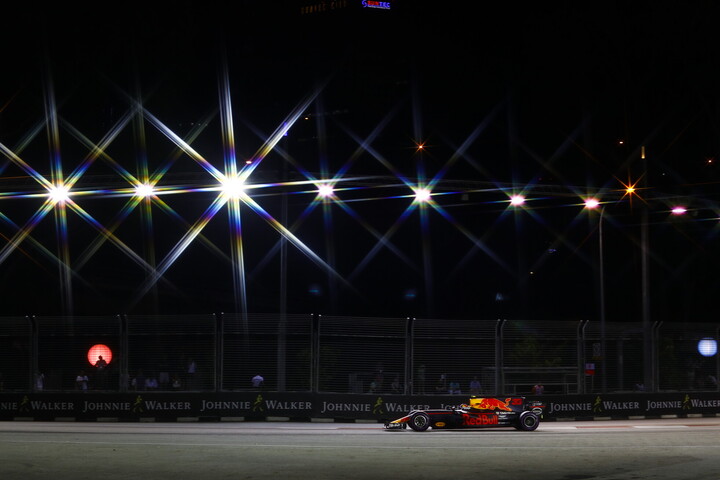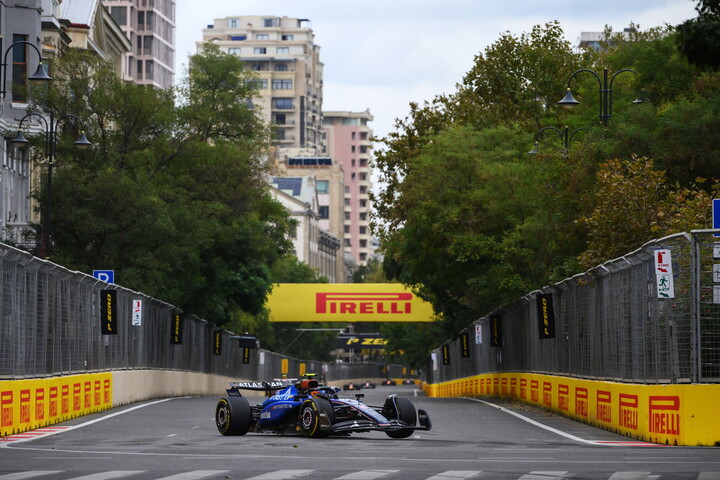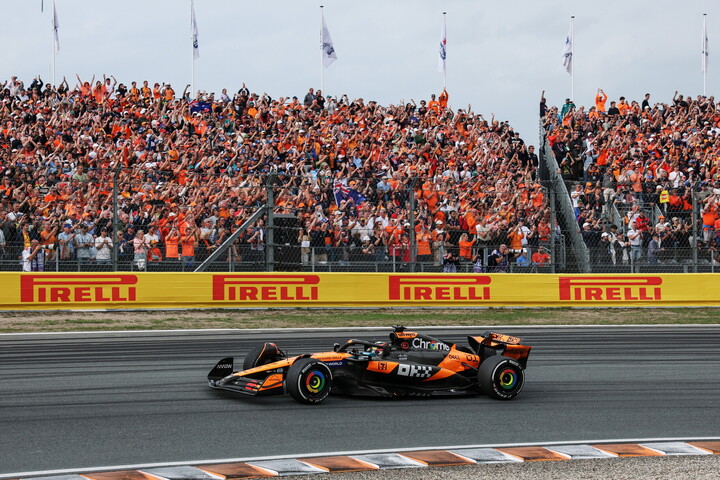Silverstone: the cradle of modern F1

That might seem to be one of those throwaway lines, a bit like ‘nobody makes chocolate quite like the Swiss'. It's not as if the French or Italians were exactly lagging behind in the motorsport department either, especially when you consider that races there were already underway before the dawn of the twentieth century. But it's equally true that the English have got a certain droit du seigneur when it comes to Formula 1.
In fact it all goes back to Saturday 13 March 1950 at Silverstone – where on Sunday 8 July, the 10th race of this year's F1 world championship will be held. At this flat aerodrome, Formula 1 as we know it was born: in other words as part of a proper, structured, world championship. The world was finally coming out to play again, barely five years after the nightmare that was the Second World War. The drivers back then were fearless matadors, in their laughable race suits and cork crash helmets. Watching their progress was a certain Elizabeth Windsor, who already displayed the sort of regal attitude worthy of that historic day.
Elizabeth had just turned 24 and she wasn't yet queen: that would come three years later. As for Bernie Ecclestone, he wasn't even 20. But of course he too would have been following developments eagerly during that quintessentially British debut, given that his dream was to become a racing driver. Probably neither of them would have guessed back then just how long their respective yet very diverse reigns would turn out to be: with Elizabeth commanding the commonwealth and Bernie being the king of Formula 1. Only one remains on their thrones today, despite both their realms having undergone astonishing changes over the years. As for Silverstone, that was simply the king of speed. It's an honorary title that the British track still retains today, despite the inevitable changes that have taken away a few elements of its intrinsically rapid character.

Back when Formula 1 was born there, with drivers respectful of etiquette and anxious to start what would become the very first grand prix of the modern era, Silverstone wasn't even a proper circuit. Instead, it was an airport. There were six straights in total, four of which were extremely long. So the cars hit top speed six times, interspersed with an equal number of corners: some of which were truly fearsome. The track layout looked something like an upside down and squared off boomerang. In those days, driving truly quickly at Silverstone (along with most other circuits of the era) meant ‘letting the car go' through corners. In other words, leaning on it as hard as possible, right up to the point where there was no grip left – lifting off would be a disaster anyway – then piling on as much opposite lock as possible, with the front wheels pointing away from the corner in order to counterbalance the tendency of the rear wheels to run wide. All of which, in theory, equated to effective forward motion.
That's how you drove Silverstone back then. Full gas and no heavy braking: all the control being relegated to the steering wheel, constantly tripping the delicate balance between the limit of adhesion and the limits of the track. And so the Northamptonshire track became the celebration of speed par excellence. On that Saturday in July of 1950 (in England all grands prix took place on Saturday rather than Sunday, right up until the 1970s) Luigi Farina – who would go on to become Formula 1's first champion by the end of the season ¬– emerged triumphant in his Alfa Romeo. He was running on Pirelli tyres, making it an all-Italian success. But that's a story for another day.
The marriage between Silverstone and vertiginous speed had only just been consummated. Farina also claimed the race lap record that year, at an average speed of just over 151kph. It started an escalation that brought average lap speeds up to 180kph by 1966 already; then 190kph the following year and 200kph by 1969. This was a path that led inexorably upwards, all the way to the 246kph race lap set by Nigel Mansell in 1987: the occasion of what was probably his most famous victory. From there (according to some) the rot set in: by the following year there were chicanes and increasingly tight corners installed to tame the speeds and improve safety.
By 2015, Silverstone had completed its transformation into just a medium-to-high speed track. There are a few corners left that are still on the limit: the rest is a mixture of more technical turns.
So those giddy peaks are no longer there at Silverstone. But the history certainly is.




